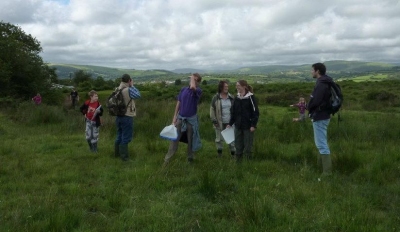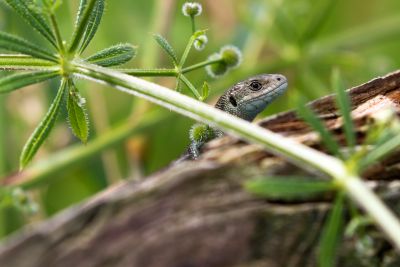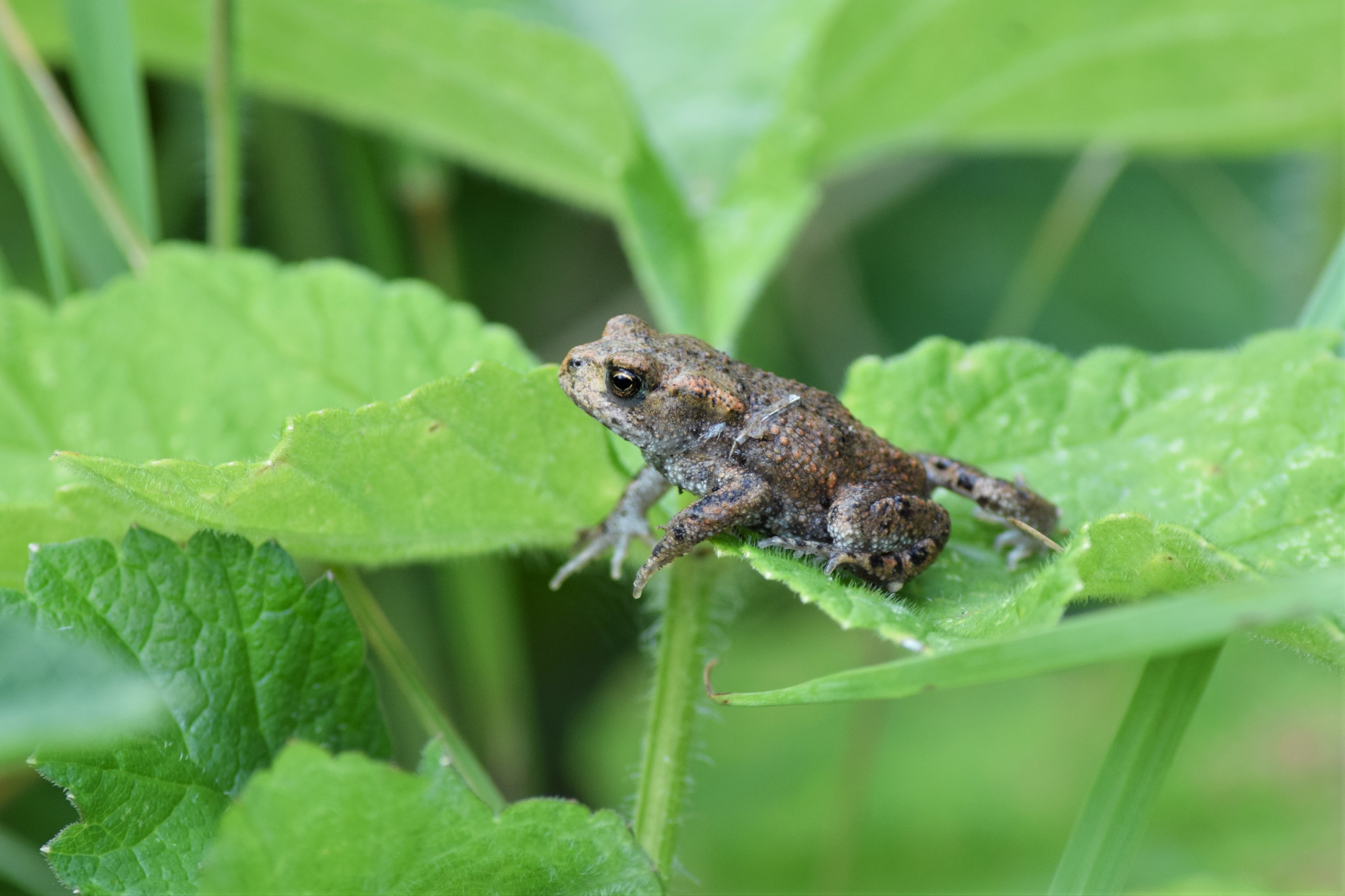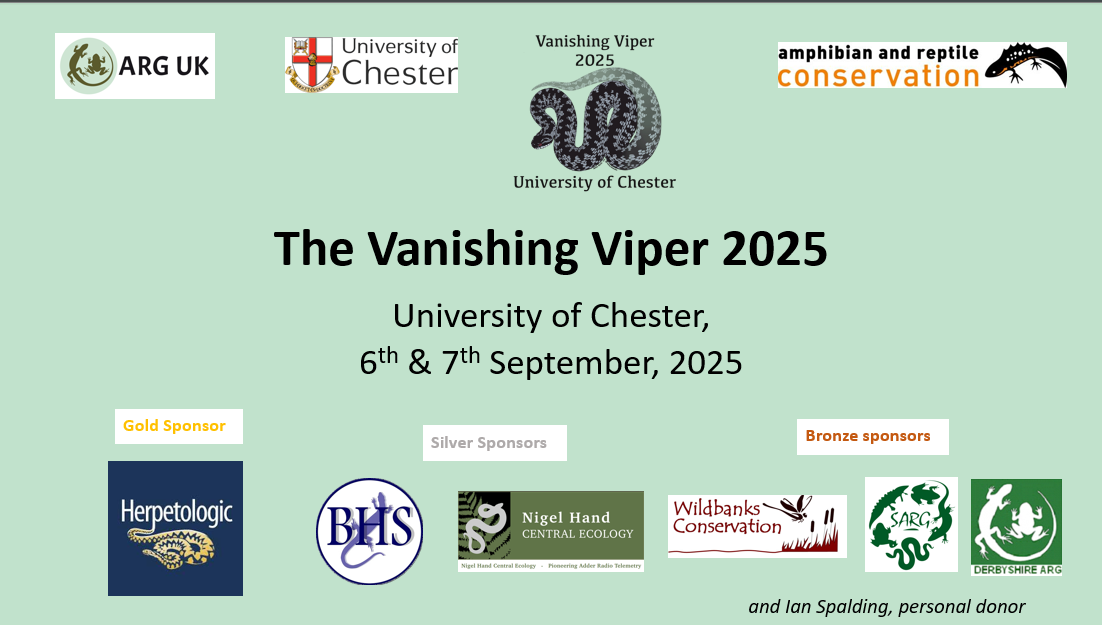PondNet is a new national volunteer survey which aims to collect information about trends in pond quality and pond species, including uncommon plants and animals. It is being coordinated by Freshwater Habitats Trust, but ARGUK and ARC Trust are both project partners.
Environmental DNA (eDNA) is an exciting new technique which can detect great crested newt DNA in a water body. To do this you collect a water sample in May from the target pond, which is then tested in a lab (SpyGen) for the presence of the great crested DNA. Newt DNA can enter water during reproduction and from excreta and shed skin cells. Having undertaken trials with SpyGen we know that this technique will tell us, with a high level of certainty, whether great crested newts were present in the pond during the current breeding season.
PondNet is currently looking for volunteers to collect eDNA samples to detect the presence or absence of great crested newts in ponds within a 1 km square. Volunteers are asked to visit ponds which have been randomly selected by FHT in England (there are insufficient kits for you to pick your own sites this year, or to extend the survey beyond England). FHT will organise landowner permissions and send out all the water sampling kits and survey forms. You do not need a licence to take part in an eDNA survey of great crested newts for PondNet because there is no disturbance to the newts or their habitat.
Uniquely, PondNet's data will be open access, so you can see summary data, but also find-out and analyse the results for yourself. The results will be used by Freshwater Habitats Trust and other environmental organisations to influence government freshwater policy; and to help direct conservation work where it is most needed, to achieve the greatest gains for freshwater wildlife. Natural England will use the data to better understand changes in great crested newt occupancy of ponds over the next 5 years.
The aim of the eDNA programme is to provide a core network of monitoring sites that provides the minimum information needed to show changes in great crested newt occupancy. Additional GCN occupancy data collected using the traditional survey techniques such as torching and egg searches (accredited under the ARC's licence), will also be added to PondNet for the squares where we are not able to use eDNA kit. Volunteers are very welcome to add their own sites to this part of the network because this information can be used in tandem with the eDNA results to improve the level change that can be detected.
As well as great crested newt surveys, there are a number of other surveys you can participate in, depending on your level of experience. To find out more about this you can visit the Freshwater Habitats Trust website.




